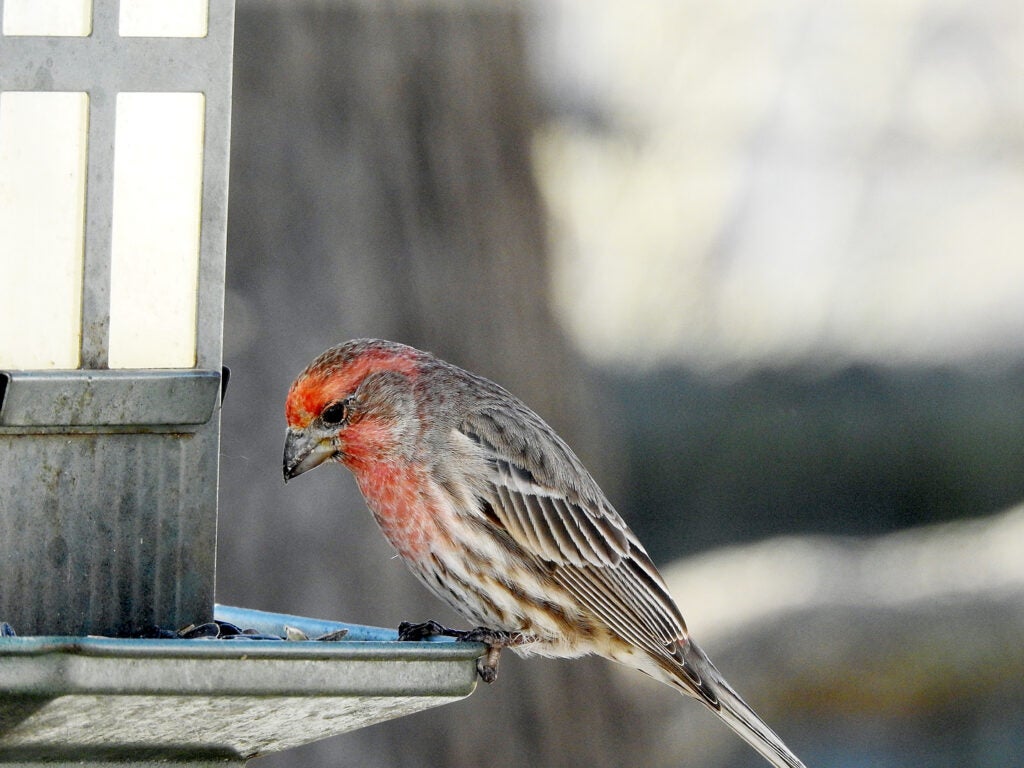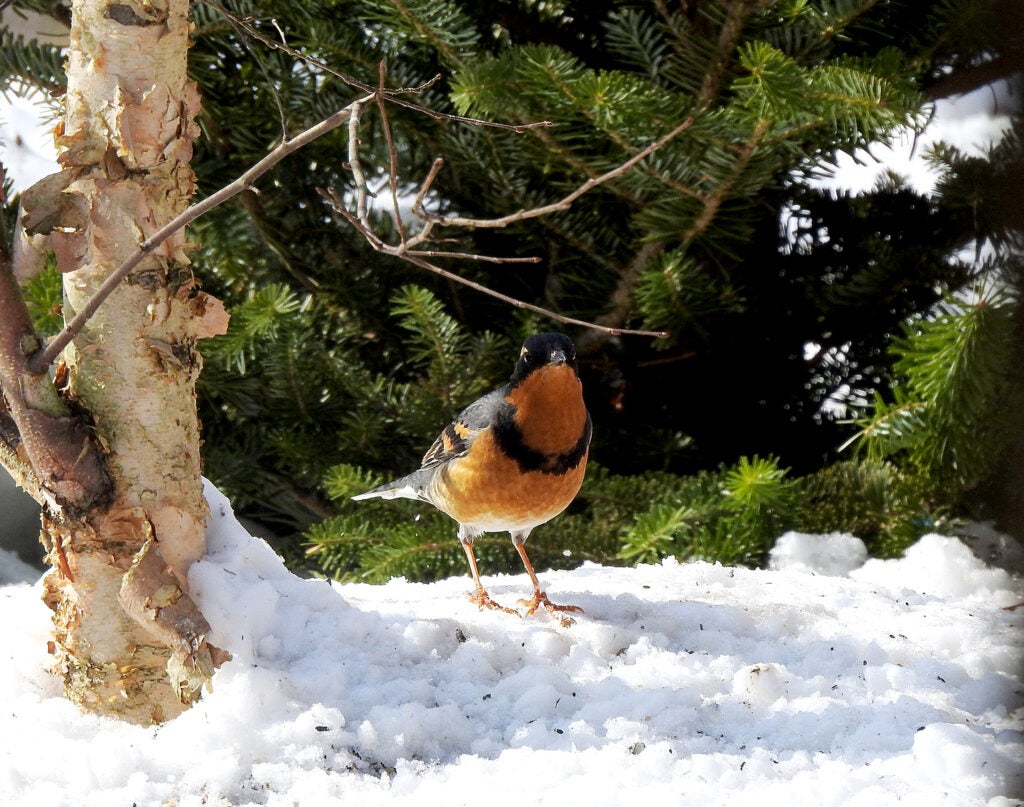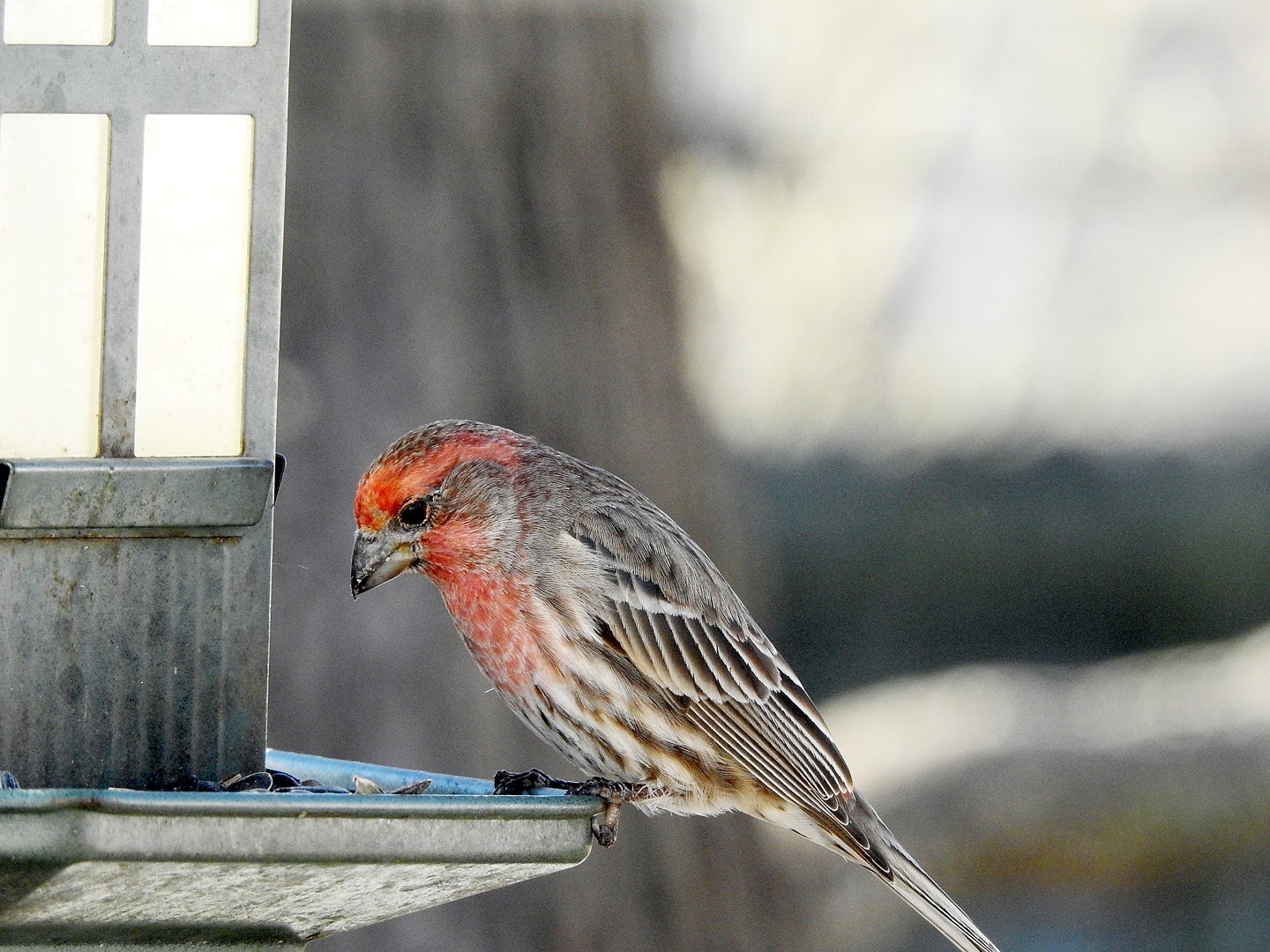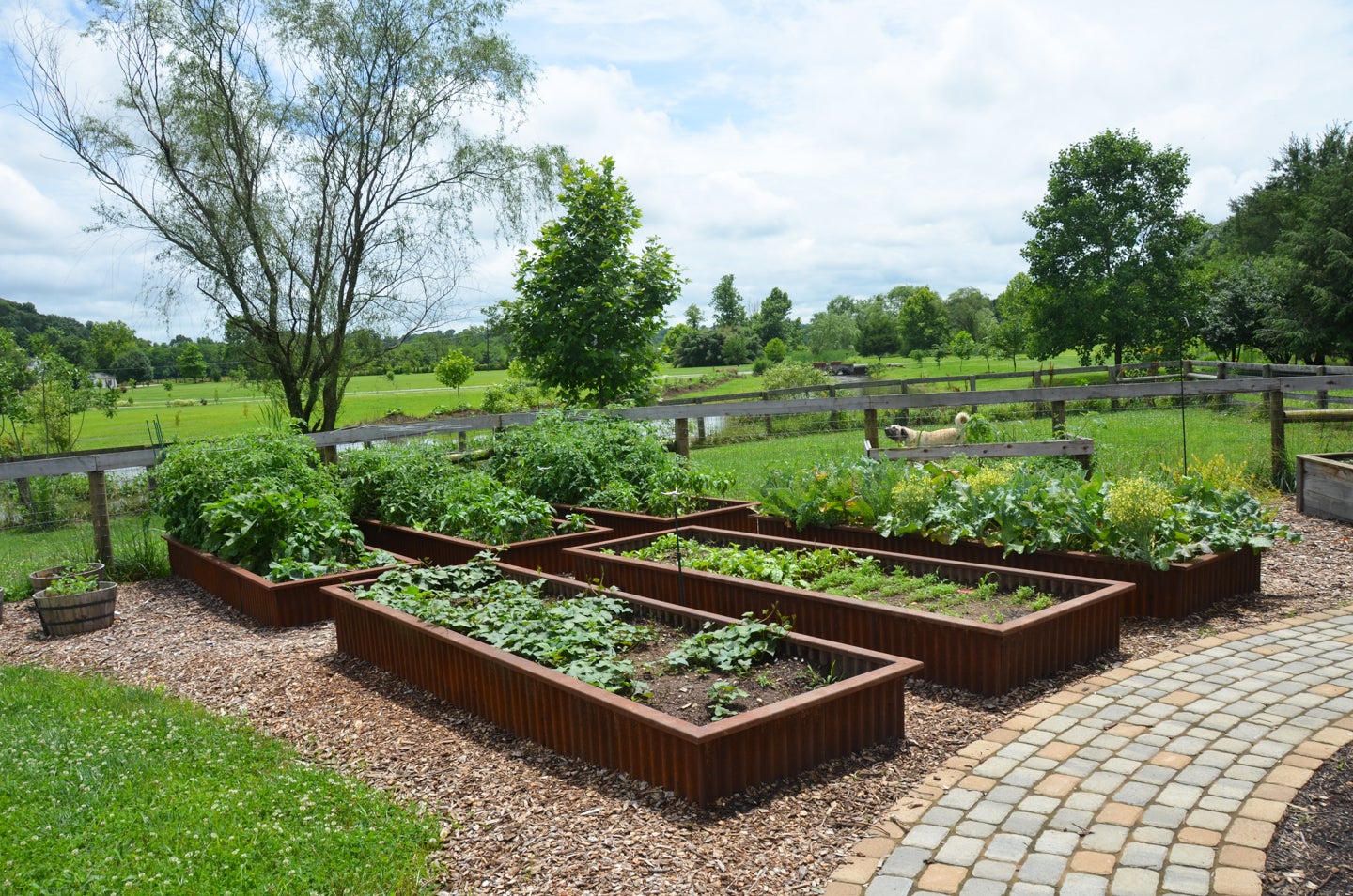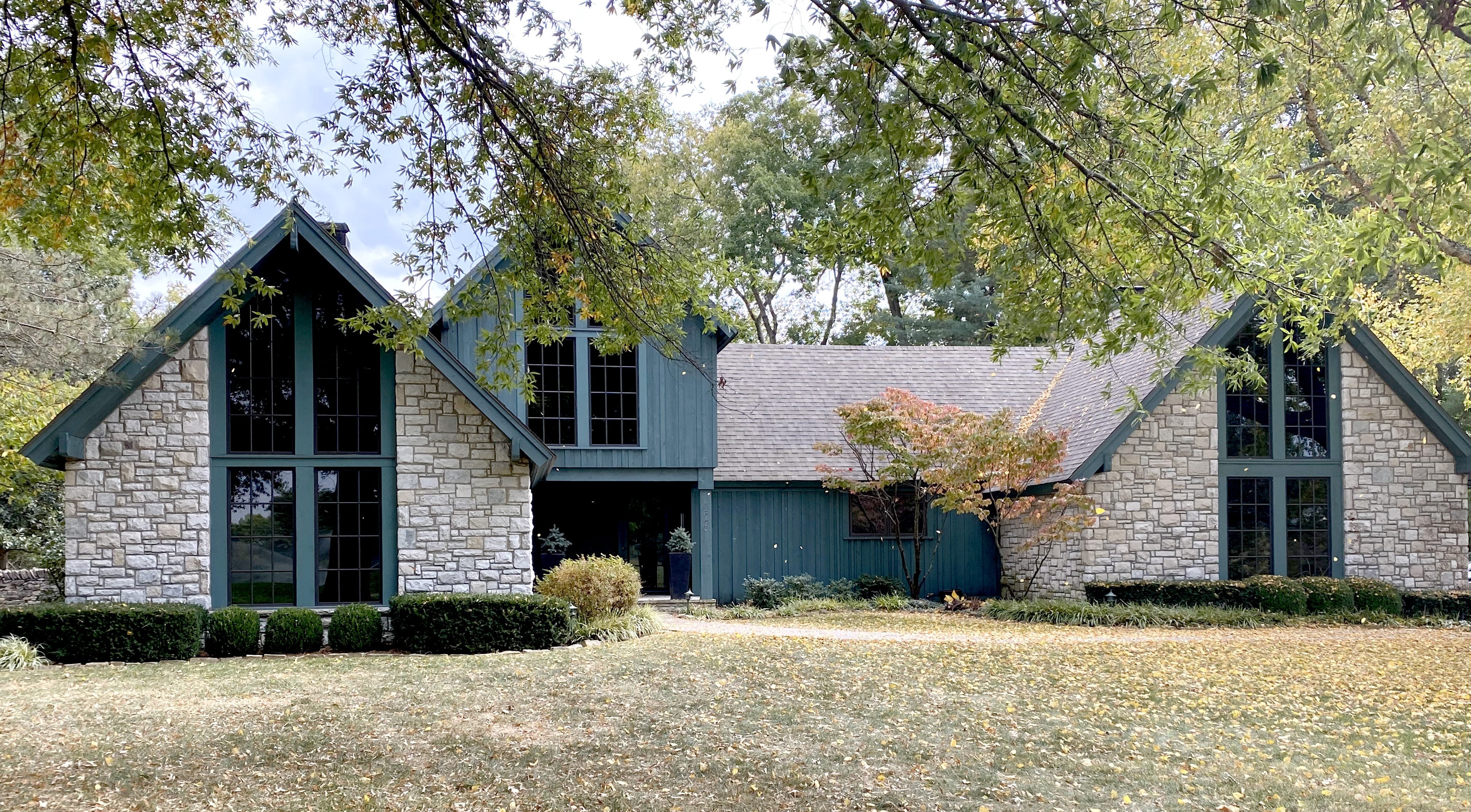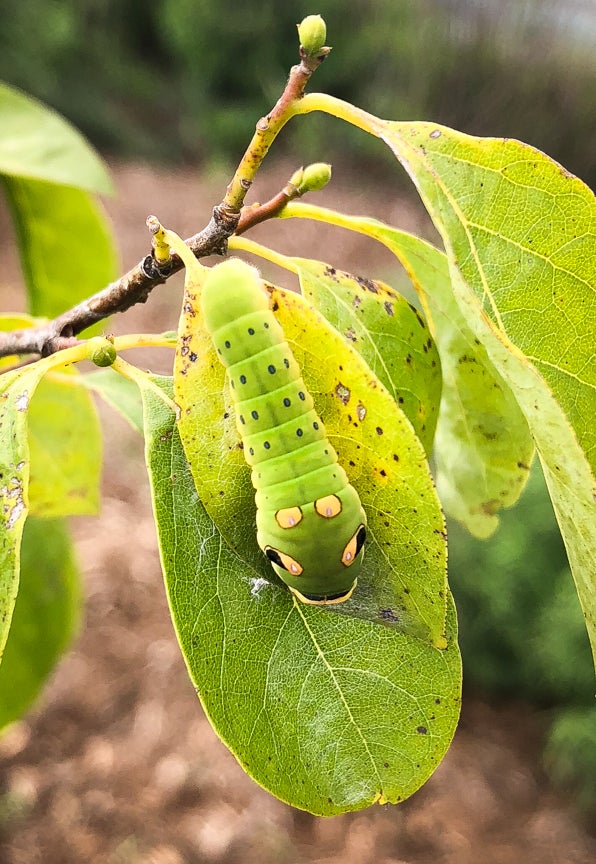It’s January and the holidays are over and outside it looks rather bleak. But this is your wakeup call about the birds outside trying to survive. You may not even know to do it or how. But feeding and watering the birds is vital for the health and wellbeing of the birds not only in your backyard, but for birds that fly through the area. They are not nesting, but clinging to branches and trees trying to get through the cold and snow. How can you help?
One is to simply feed them. And you can go to Wild Birds Unlimited, 1100 U.S. 127 S, which is like shopping at Kroger for their meals. Stacks of different mixes of food, large and small containers of all price ranges, are ready for the taking and owner Kristin Nelson is more than ready to assist in directing you.
The food you can provide takes the place of the berries and bugs available during the spring and summer months. And, they are trying to survive on bugs and any nuts that the squirrels don’t get. You can help them by providing different kinds of seeds either with a feeder or just on the ground.
People shouldn’t give birds leftover food, and especially bread, which can causes problems for birds. Apparently, bread causes a malady in some ducks so that they cannot fly. And if squirrels are a problem, as they usually are, Nelson suggests a brand with hot pepper in it. The birds will eat it, but squirrels will not, she says.
Water, water, water. We take it for granted, but birds can’t find it in the winter because rivers and lakes are frozen. So the best thing you can do is provide a water source and protect it from being frozen. Nelson sells birdbaths in her store and also an implement to put in the water to keep it from freezing.
You’ll have plenty of birds in your yard if you have a water source for birds such as cardinals, sparrows and finches. Many birds survive at the Fish Hatchery located off U.S 127 North because of the water pools. Blue Herons and other shore birds are known to gather there.
Did you know birds are counted not only in Frankfort, but in Kentucky and the whole United States? These numbers are sent to a national data base maintained by the Ornithology Lab at Cornell University In New York. The mission of the Cornell Lab of Ornithology is to interpret and conserve the earths biological diversity through research, education and citizen science focused on birds. Their website notes, “Our science citizen science projects engage hundreds of thousands of people in recording bird observations whether in backyard city streets are remote forces. Scientist analyze data submitted through our project to understand how birds are affected by environmental changes”. For more information, visit www.birds.Cornell.edu/home.
Nineteen volunteers in Frankfort last year counted the Frankfort’s birds. Fifty-two species were seen in Franklin County last year. Rob Chadwick, treasurer for the Frankfort Audubon Society, is one of the volunteers who documents the birds during the annual count that’s conducted around Christmas.
He said that birds are counted and documented during December and an account is sent to Cornell University to follow if there’s different points of migration and drops in or additions of birds. Chadwick, who has been birding for about six years, has been to every county in Kentucky observing birds.
For more information about the Frankfort Audubon Society, visit the society’s Facebook page or www.Act.Audubon.org.
The Garden Club of Kentucky also provides education in their programs about plants and information that will help birds survive and thrive. Information about joining the garden club, can be found at Gardenclubky.org.
